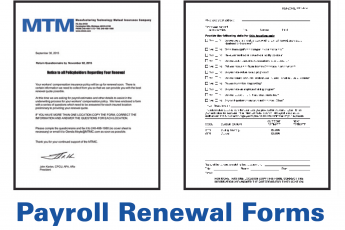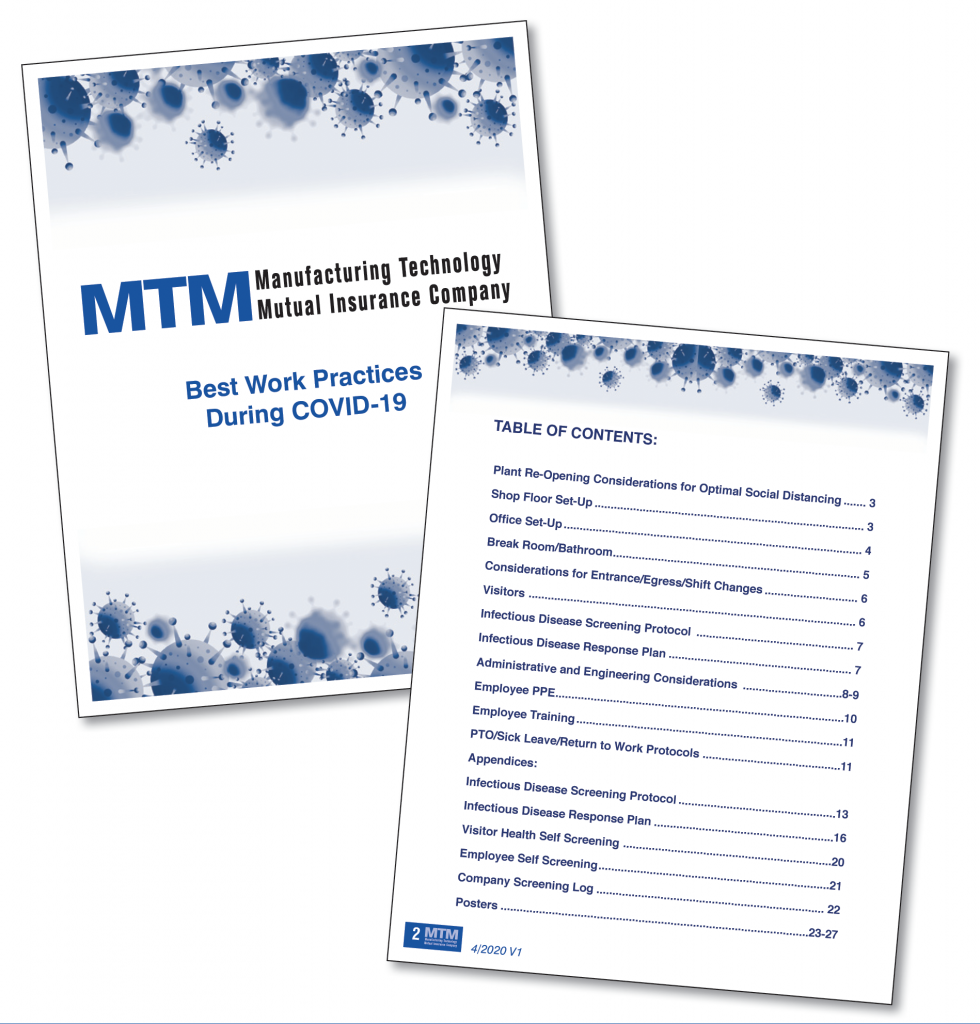Recently, MIOSHA has rescinded their Emergency Order and dialed down their requirements. They are strongly encouraging businesses to follow the CDC and OSHA guidance concerning protecting your workers from COVID-19 and allowing you to use your judgement in continuing using your COVID-19 Response Plans. What does that mean exactly? What are your obligations to your employees? Will they fine you? The good thing is, you are already prepared to follow the CDC/OSHA guidelines, you have your COVID-19 Response Plan, you are completing your health screenings, and you are protecting your unvaccinated employees by social distancing and/or requiring them to wear masks when they can’t maintain six feet of distance from others.
As referenced by OSHA, the CDC’s Interim Public Health Recommendations for Fully Vaccinated People explain that under most circumstances, fully vaccinated people need not take all the precautions that unvaccinated people should take. For example, CDC advises that most fully vaccinated people can resume activities without wearing masks or physically distancing, except where required by federal, state, local, tribal, or territorial laws, rules and regulations, including local business and workplace guidance. OHSA is recognizing the vaccination status of your employees, so if 100% of your employees are fully vaccinated, then you may stop reading and go about your life as if there is no pandemic, this is the carrot of the governing agencies. However, if you have employee’s that are not fully vaccinated, then continue on with the read. Remember, MIOSHA does have the duty to protect Michigan workers and has the flexibility to rule under OSHA.
(more…)






























